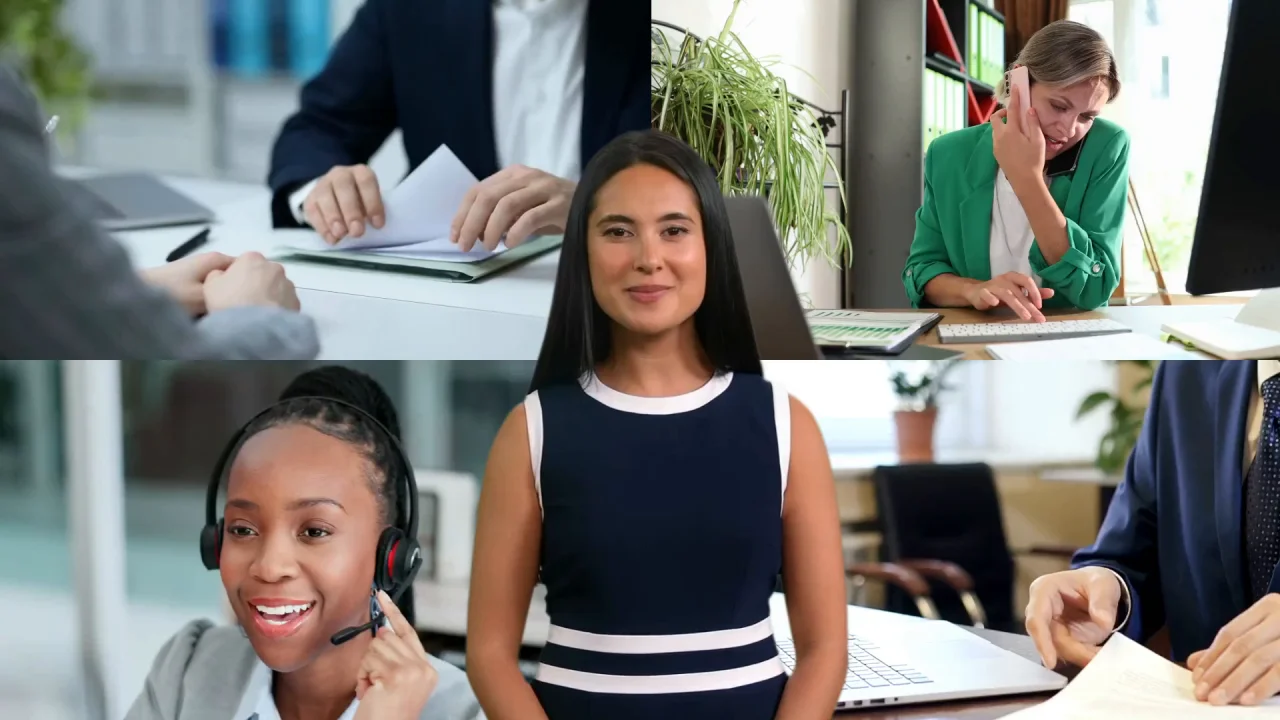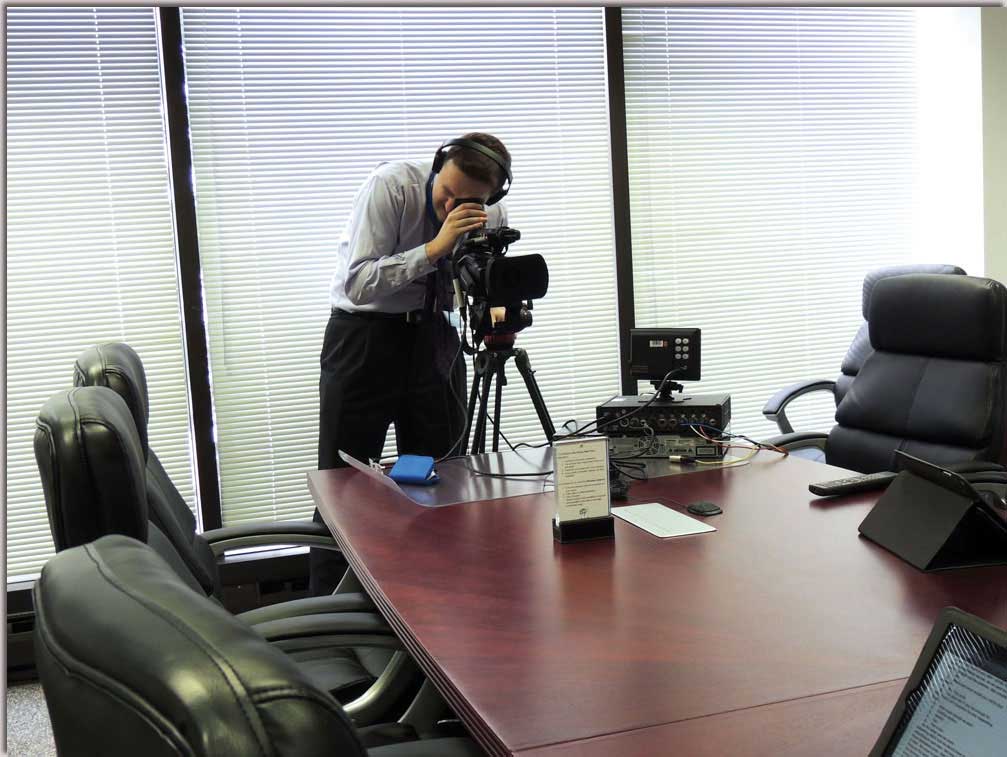How expert legal video transforms litigation outcomes
Wiki Article
Devices and Tools
Quality legal video production depends greatly on customized tools and devices developed to capture, edit, and deliver clear and effective aesthetic proof. Important components consist of high-def cameras that guarantee crisp photo high quality, in addition to microphones that capture audio with quality, decreasing history noise. Tripods and stabilization systems boost the solidity of video footage, significant for keeping visitor focus. Lights equipment is additionally crucial, as it aids brighten subjects efficiently, lowering shadows and enhancing exposure. Additionally, mobile recording devices are typically used for depositions and interviews, guaranteeing versatility in various settings. Inevitably, the appropriate mix of these tools not only helps with exact documents yet additionally supports convincing presentations in the court, reinforcing the stability of the legal process.
Video Editing Techniques
Efficient legal video production expands past capturing high-quality video footage; it additionally encompasses sophisticated editing methods that boost the presentation of aesthetic proof. One crucial strategy includes the mindful selection of pertinent clips that best sustain the case narrative. Editors commonly use changes, such as fades and cuts, to preserve customer involvement while making certain a sensible circulation of information. Color modification and audio balancing are necessary for quality, allowing jurors to concentrate on the material without diversions. In addition, message overlays can emphasize crucial factors or give context, making complex info a lot more available. expert legal video. By using these editing techniques, legal video experts create compelling visual aids that effectively communicate the significance of the instance, eventually offering to enhance the arguments provided in the court roomPresentation Layouts Discussed
While different presentation formats exist, each serves an unique objective in the domain of legal video production. Common layouts consist of depositions, test presentations, and video displays. Depositions commonly record witness statements, ensuring a trustworthy document for future referral. Test discussions utilize modified video sections to succinctly convey crucial points, usually enhanced with graphics and annotations for quality. Video clip displays function as aesthetic help, providing jurors with context and enhancing vital arguments. Each format counts on sophisticated innovation, consisting of high-quality electronic cameras and editing and enhancing software application, to assure quality and professionalism and reliability. By choosing the suitable format, legal teams can efficiently connect their narrative, facilitating an extra engaging courtroom experience that sustains their case goals.Finest Practices for Capturing Legal Video
Recording premium legal video calls for mindful factor to consider of tools choice and setup, ensuring ideal lights and audio high quality. Effective editing and post-production methods likewise play a vital function in offering the end product plainly and properly. These best practices are crucial for maintaining the honesty and efficiency of legal video documents.Devices Selection and Configuration
Choosing the right equipment for legal video production is vital for ensuring top notch video footage that fulfills legal standards. Experts typically choose for high-def electronic cameras capable of capturing clear, comprehensive photos. Tripods are important for stability, preventing unstable video footage that might threaten the discussion. Furthermore, making use of several cam angles can improve the story by offering diverse perspectives. It is likewise a good idea to have backup recording tools to avoid information loss. Storage options need to be trusted and enough to suit big video documents. When selecting tools, transportability is necessary, as legal settings can differ in size and area. Video codecs ought to be suitable with modifying software program to help with seamless post-production procedures.Lighting and Sound Quality
Effective lights and sound quality are important components in the production of legal video, as they significantly affect the clearness and professionalism and trust of the last product. To accomplish optimal lighting, it is essential to make use of soft, diffused light resources that lessen extreme shadows and prevent glow. Setting lights purposefully to illuminate topics equally, making sure all facial expressions and information are visible. Regarding sound, making use of premium microphones is important; lavalier mics are usually chosen for their capacity to capture dialogue plainly while lessening background noise. Furthermore, checking ambient noise degrees during recording can assist keep audio consistency. By sticking to these ideal practices, lawyers can enhance the efficiency of their video presentations, guaranteeing they communicate the desired message with accuracy.Editing And Enhancing and Post-Production Techniques
After assuring perfect illumination and sound top quality, the next phase in creating legal video includes thorough editing and post-production methods. This phase is important for enhancing the clearness and professionalism and reliability of the end product. It typically consists of reducing unneeded video, correcting color disparities, and adjusting audio levels to ensure crisp audio quality. Integrating graphics, such as titles or annotations, can help highlight vital factors and supply context. In addition, seamless shifts between sections add to a coherent story circulation. Legal video editors have to additionally be conscious of conformity with legal criteria and personal privacy factors to consider, ensuring that sensitive details is handled suitably. Inevitably, efficient modifying and post-production raise the high quality of legal discussions, making them a a fantastic read lot more impactful in the court room.Incorporating Legal Video Into Test Approach
Incorporating legal video right into test strategy can significantly improve the discussion of proof and stories in the court. By efficiently using video, lawyers can give aesthetic context that enhances their disagreements and assists jurors grasp complex information extra conveniently. Legal video clips can consist of witness testimonies, reenactments, or aesthetic evidence that supports the case, developing a compelling story that reverberates with the target market.In addition, incorporating legal video enables calculated pacing throughout a trial. Lawyers can select when to present video proof to optimize its effect, assisting to maintain juror engagement and emphasis. Additionally, using legal video can facilitate clear communication of vital points, ensuring that important aspects of the instance are not forgotten. Overall, including video components attentively right into trial approach can substantially influence the court's perception and understanding, potentially persuading the outcome in support of the here and now event.
Enhancing Jury Involvement With Legal Video
Jurors typically deal with information overload during trials, enhancing their involvement with legal video can considerably improve their emphasis and understanding. Legal video acts as a vibrant device that transforms intricate details into digestible visual narratives. By incorporating video presentations, attorneys can properly show essential proof, witness statements, and case timelines, making the material extra relatable and easier to comprehend.Visual components record jurors' focus, permitting them to soak up information better than with verbal descriptions alone. In addition, the usage of high-grade legal video can evoke emotional reactions, promoting a deeper link to the situation. This emotional engagement can especially affect jurors' perceptions and decision-making processes.
Inevitably, legal video not just clears up elaborate details but additionally enhances the overarching styles of a test, making sure that jurors stay engaged and educated throughout the procedures. As a result, it arises as an essential asset in modern courtroom discussions.
Instance Studies: Effective Use of Legal Video in Trial Runs
As attorneys progressively acknowledge the effect of visual narration, countless study highlight the successful application of legal video in tests. One significant case involved an accident suit where video depositions of witnesses markedly improved the court's understanding of the incident. The vibrant images and emotional testimonies developed a compelling narrative that influenced the jurors' understandings.In one more instance, a criminal test used surveillance video to reconstruct the events leading up to a break-in (expert legal video). The video evidence made clear disparities in witness statements, ultimately persuading the jury's decision towards a sentence
A business lawsuits instance showcased the strategic usage of computer animations to discuss intricate economic deals, making it possible for jurors to comprehend detailed details easily. These examples highlight how legal video not just aids in providing evidence yet navigate to these guys likewise boosts total interaction, bring about much more educated jury deliberations and results in different legal contexts.
Frequently Asked Questions

Exactly How Is Legal Video Different From Conventional Video Recording?
Legal video varies from typical video recording in its objective and adherence to particular legal standards. It concentrates on quality, detail, and correct paperwork, making certain that the video is appropriate for usage in legal procedures.What Are the Costs Related To Legal Video Production?
The prices connected with legal video production differ extensively, affected see here by factors such as devices top quality, editing complexity, and the production group's competence. Additional expenses may consist of area fees and post-production solutions for optimal presentation.Can Legal Video Be Utilized in Appellate Courts?
Legal video can be made use of in appellate courts, mainly as a tool for demonstrating test process. Its admissibility depends on jurisdictional guidelines and whether it serves to make clear the document or step-by-step issues.What Are the Legal Requirements for Making Use Of Video in Court?


The legal requirements for making use of video in court generally include adherence to guidelines of proof, appropriate authentication, assuring significance, and compliance with administrative guidelines. These aspects ensure the integrity and dependability of the video evidence provided.
Exactly how Do I Choose a Lawful Video Provider?
Selecting a legal video solution supplier involves reviewing experience, technology, and track record. Take into consideration aspects such as qualification, client testimonies, and availability to assure the provider meets details legal needs and boosts court room performance.Report this wiki page